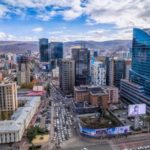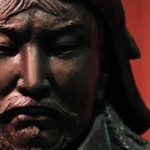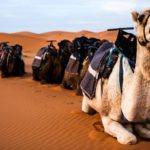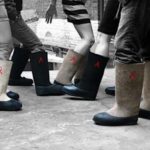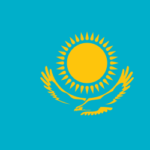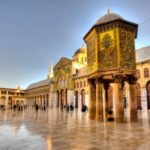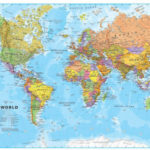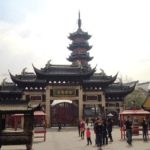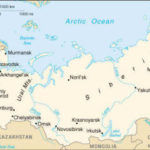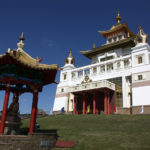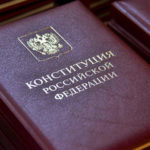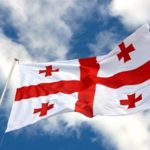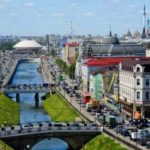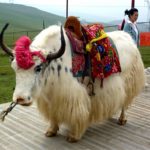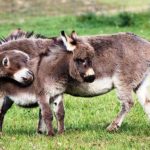Interesting facts about Mongolia
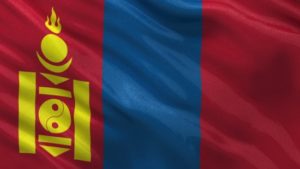 Mongolia is a country associated most people only with hordes of ferocious nomads from school history books. It used to be so, but modern Mongolia has not changed much in the past centuries. Where else can you see the boundless steppes, stretching from the horizon to the horizon? Only here, and, perhaps, even in the Argentine pampas.
Mongolia is a country associated most people only with hordes of ferocious nomads from school history books. It used to be so, but modern Mongolia has not changed much in the past centuries. Where else can you see the boundless steppes, stretching from the horizon to the horizon? Only here, and, perhaps, even in the Argentine pampas.
The ancestors of modern people settled the territory of modern Mongolia for about 85 thousand years before our era.
More than 200 years before our era in Mongolia, the first empire, consisting of nomads – the empire of the Huns, arose.
Mongolian ruler Genghis Khan managed in the XIII century to create a huge empire, which so far has not been able to surpass the size of the adjacent territory. The state disintegrated precisely because of its scale-the empire stretching from Kievan Rus to Korea-there were too different peoples who had nothing in common.
Genghis Khan for 25 years managed to conquer more lands and peoples than the soldiers of the Roman Empire in 400 years.
Nobody knows where Genghis Khan was buried. In Mongolia, there is a legend according to which eight hundred soldiers killed several thousand people who attended the funeral of the greatest of the Mongol rulers. Then the soldiers committed suicide so that no one could disclose the secret.
In Mongolia is the third-largest hot desert of the world – the Gobi, which the Mongols divide into Black, Red and Yellow due to the different color of the landscape.
In Mongolia, there are no familiar addresses, because because of the large number of temporary settlements, cities and streets are constantly changing their outlines. The authorities of the country solved this problem by applying the Universal address system – it allows assigning addresses to entire settlements, as well as to individual objects located in them. Instead of street names and house numbers, it uses sets of letters and numbers. The smaller the specified object, the longer will be its address – it will include the codes of the city, the street, and, finally, the concrete building.
In Mongolia, there are special boarding schools for nomadic children, due to which only 2% of the country’s population remains illiterate. This is a very impressive indicator – in Africa, for example, no country can boast of a similar achievement.
Ulaanbaatar is the coldest capital of the world. The average annual temperature there is lower than anywhere else, and winters are more frosty than in Moscow or Helsinki.
Mongolia is the second largest country in the world after Kazakhstan, which has no access to the sea or the ocean.
The main Mongolian holiday is Tsagan Sar – a celebration dedicated to the wires of the old year on the lunisolar calendar and the meeting of the coming spring.
54 kilometers from the capital, the largest statue of a horseman in the world is installed, depicting Genghis Khan on a battle horse. The monument is so large that there is an observation deck on the horse’s head, from where a stunning view opens up. The height of the statue of the great conqueror is 40 meters, not including a ten-meter pedestal.
The Mongols believe that it is necessary to shake hands with the person to whom you stepped on the foot, otherwise it will become your enemy.
From the point of view of the Mongols, the falling stars are a sign of someone’s death, so they whisper prayers to the stargazing.
To the horses from Mongolia it is customary to approach only to the left, it is also not worth to get off them from the right.
In Mongolia, you can not whistle indoors, because, according to local beliefs, whistling invokes evil spirits into the dwelling.
Mongolia ranks 19th in the world in terms of territory, but at the same time there are only 2.8 million people in the country.
Mongols are always ready to treat travelers with warm tea with milk and a pinch of salt – these are the local customs of hospitality.
One of the most popular sports in Mongolia is a local kind of fight called bekh. Fighters go to the arena in special suits, which leave the chest open. They say that one day the winner of the tournament was a woman, and such attire is guaranteed by the male gender of the participants.
In Mongolia, every year there is a Festival of thousands of camels, which is designed to protect the two-humped species of these animals. Now two-humped camels are found only in Mongolia and one of the provinces of China.
